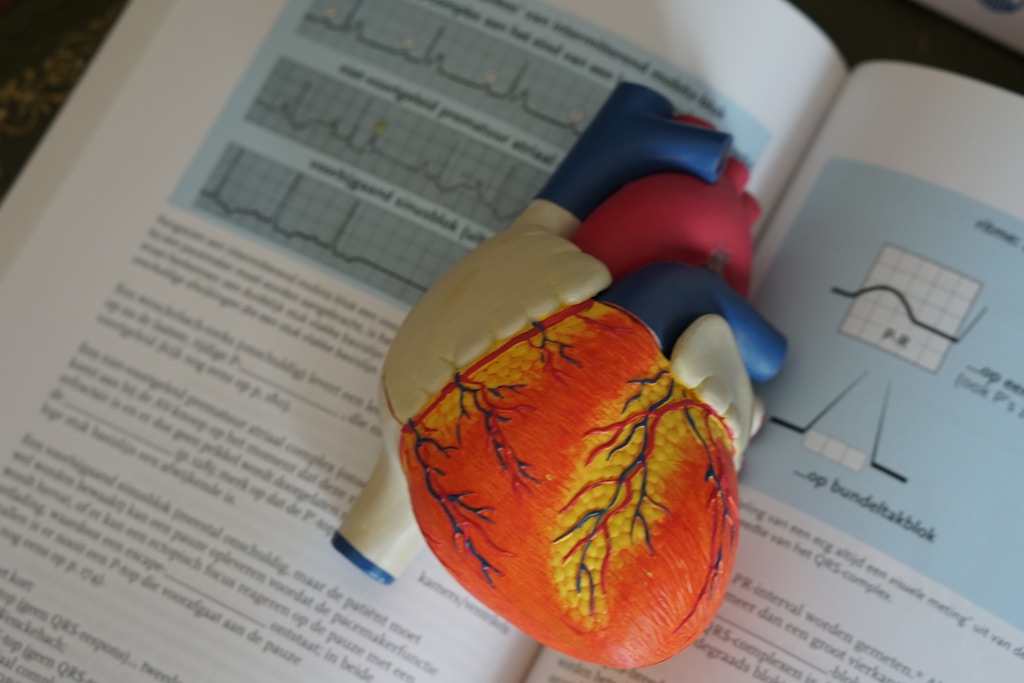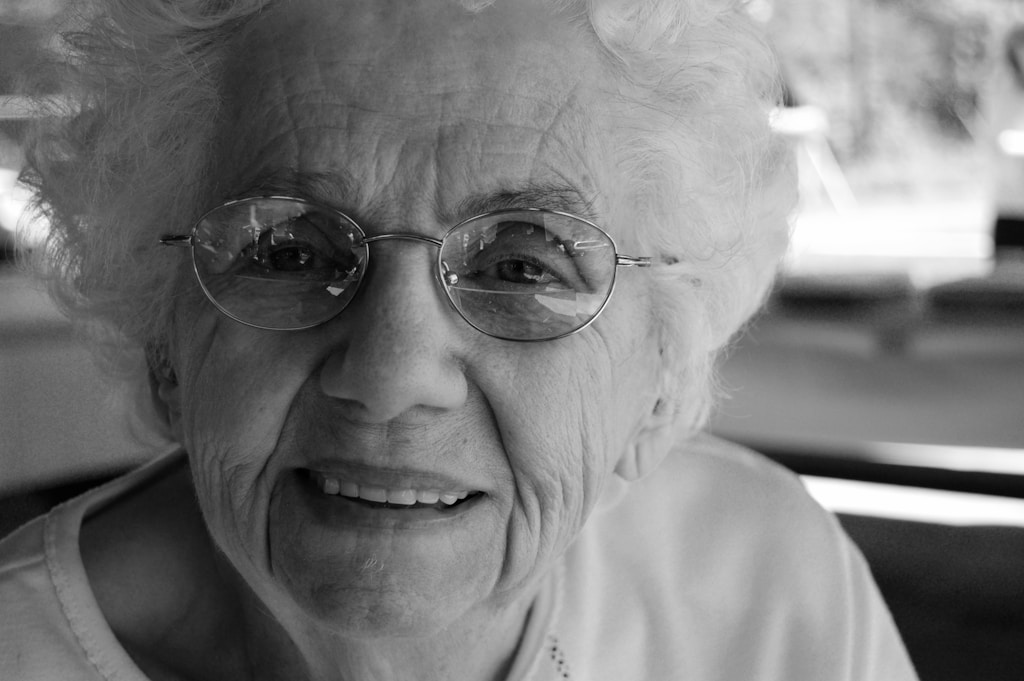Table of Contents

Low blood pressure, also known as hypotension is defined as a blood pressure below 90/60 mm Hg. If either systolic blood pressure (top number) is below 90 mm Hg or the diastolic (bottom number) blood pressure is below 60 mm Hg, it is considered a low blood pressure. This does not change with age, although risk of hypotension increases with age. Check out the chart for normal blood pressure by age and to learn about causes of and how to prevent hypertension with age. The Cleveland Clinic also has a good description of blood pressure, here.

If you have low blood pressure, but do not have any of the symptoms listed below, you have asymptomatic hypotension. This is usually not treated because if the blood pressure was too low to get oxygen to the needed tissues such as brain cells and muscles, you would be having symptoms. Symptoms associated with low blood pressure include:
If you or a loved one are having any of these symptoms, along with a systolic blood pressure below 90 mm Hg or a diastolic blood pressure below 60 mm Hg, contact your physician.
Often symptoms of hypotension appear with rapid movements from sitting to standing or laying to sitting. This orthostatic hypotension can often be prevented by taking a few deep breaths prior to movement, changing position slowly, and then taking a couple deep breaths once in the new position. This gives your vascular system enough time to catch up and sustain the blood flow to your brain preventing the dizziness or faintness that could otherwise occur. Another way to reduce symptoms of low blood pressure in the elderly is to drink more water and decrease alcohol and caffeine intake. Both alcohol and caffeine have a net negative effect on total hydration status. This is because your kidneys use water to flush them out of your system. Drinking water is the best way to improve hydration status. Eating fruits and veggies is another less effective but healthy way to improve dehydration.
Being the primary caregiver for a loved one can be quite difficult at times, but is also very rewarding. That is why we are building a community to keep mom safe at home. Check out these other posts you may find helpful.
As be sure to sign up for the newsletter for a free balance program and common fall hazards around the house and how to correct them!
Take care, keep mom safe and have a great day!
Winn